JUNE BIRTHSTONES
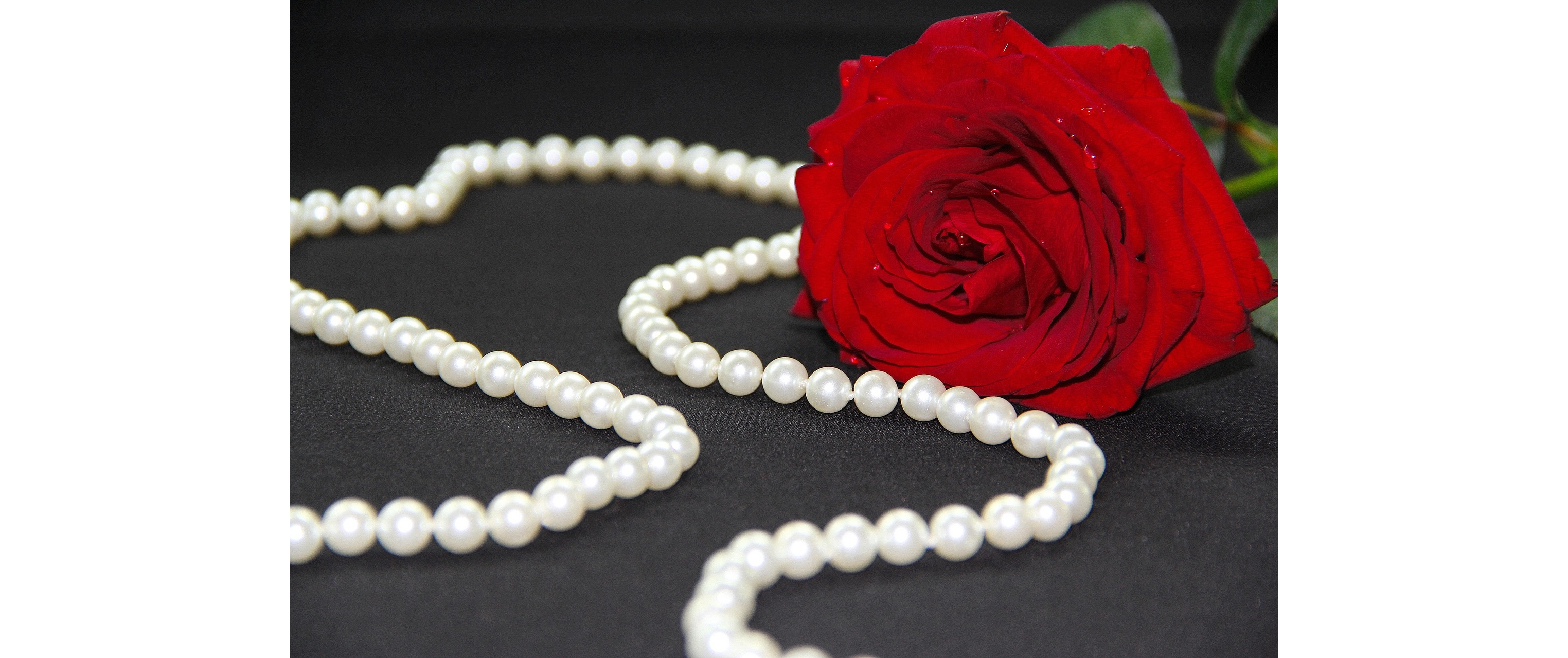
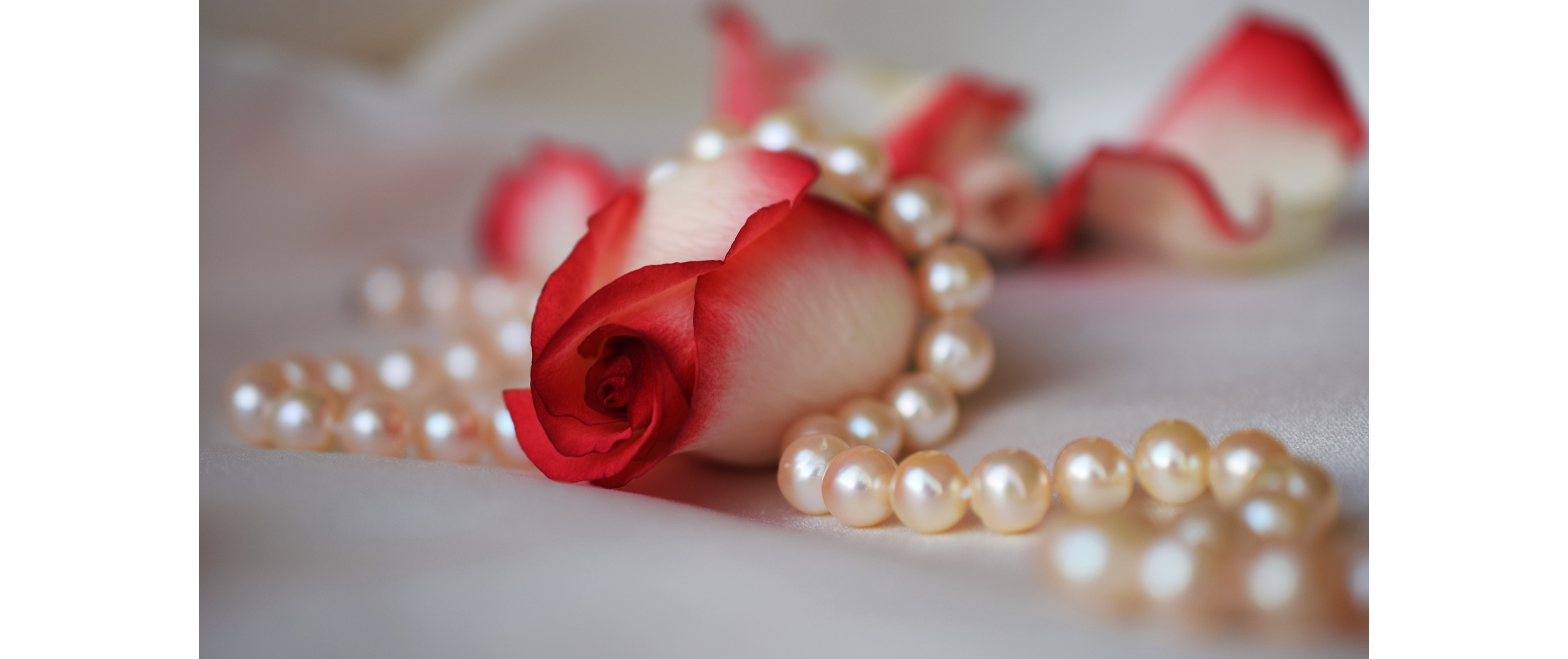
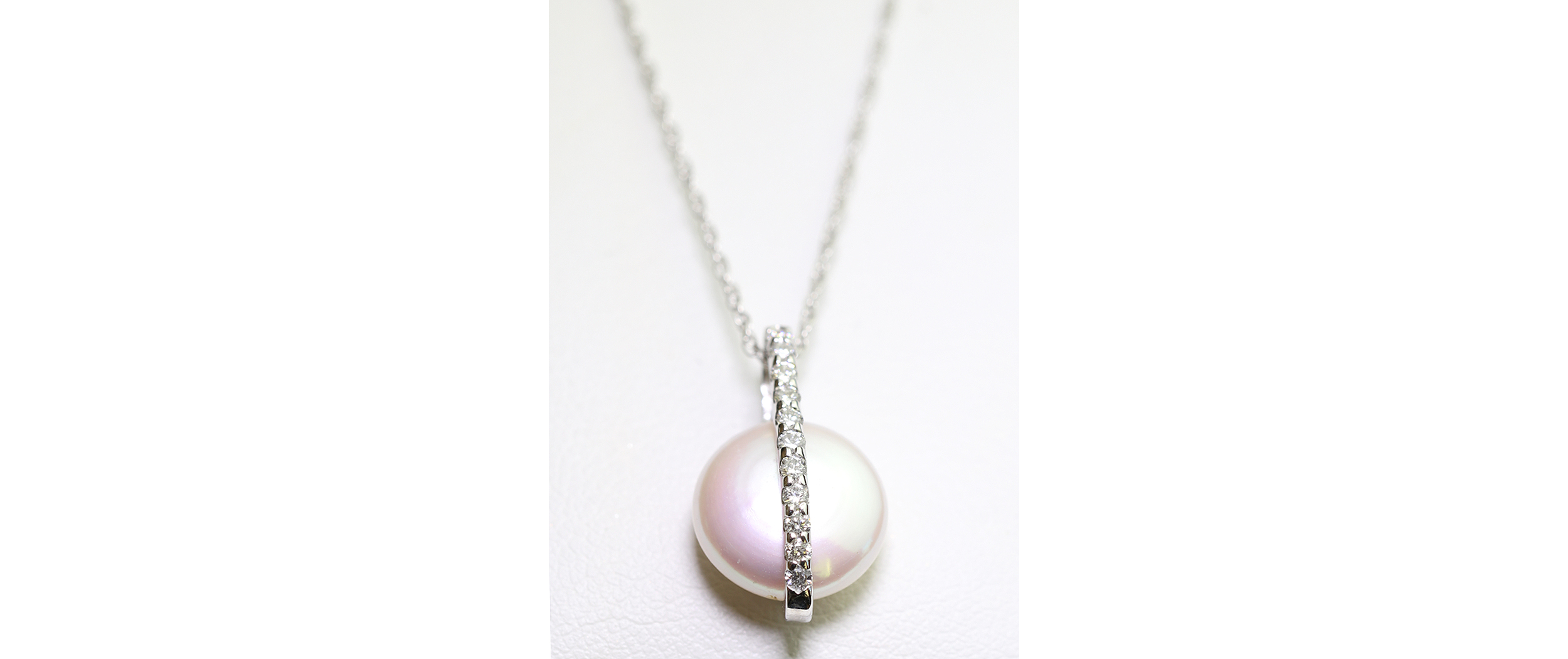
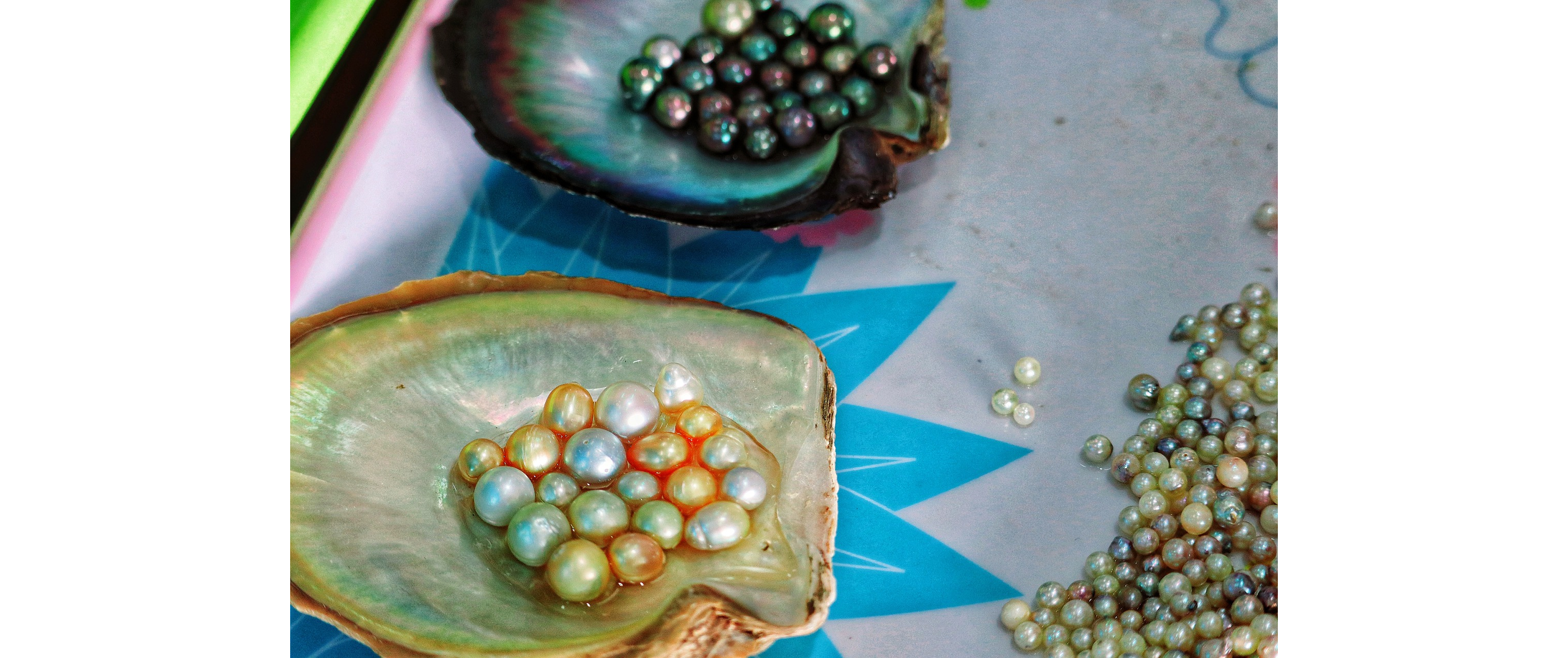
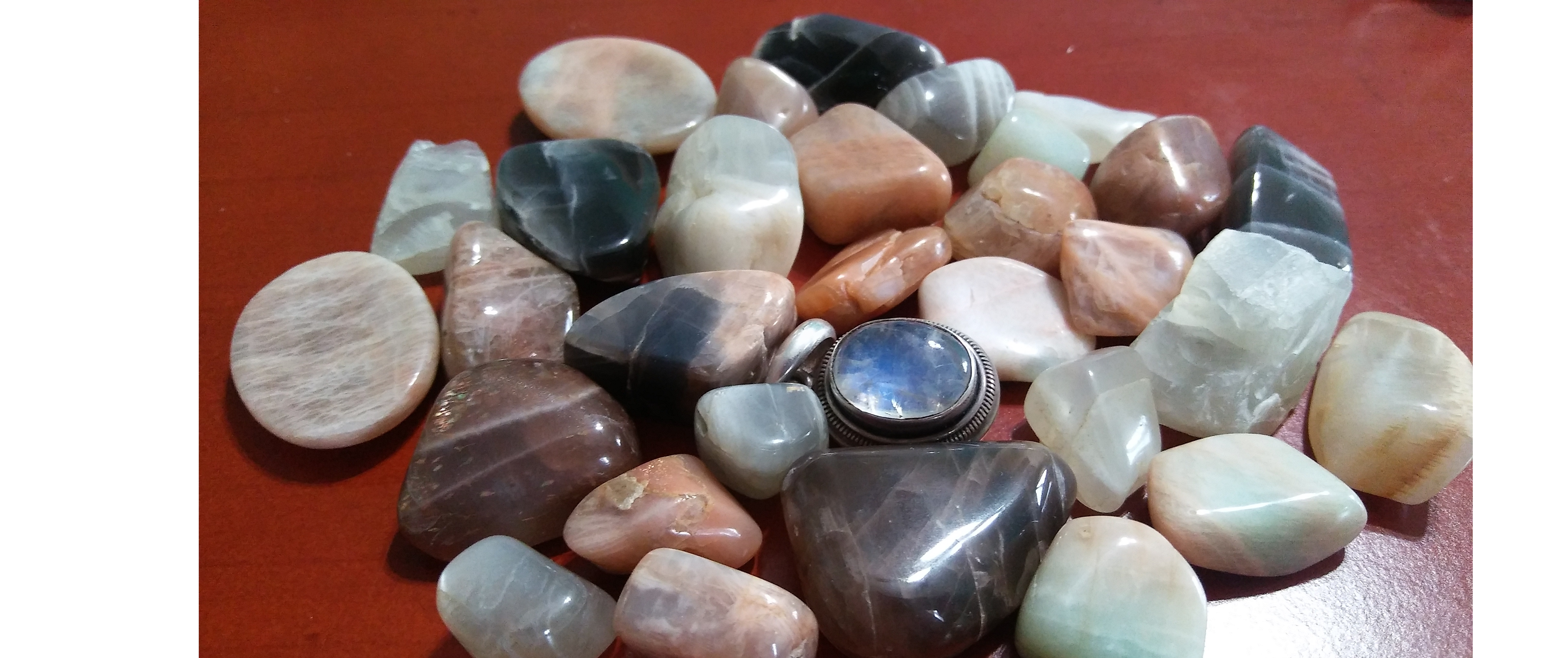
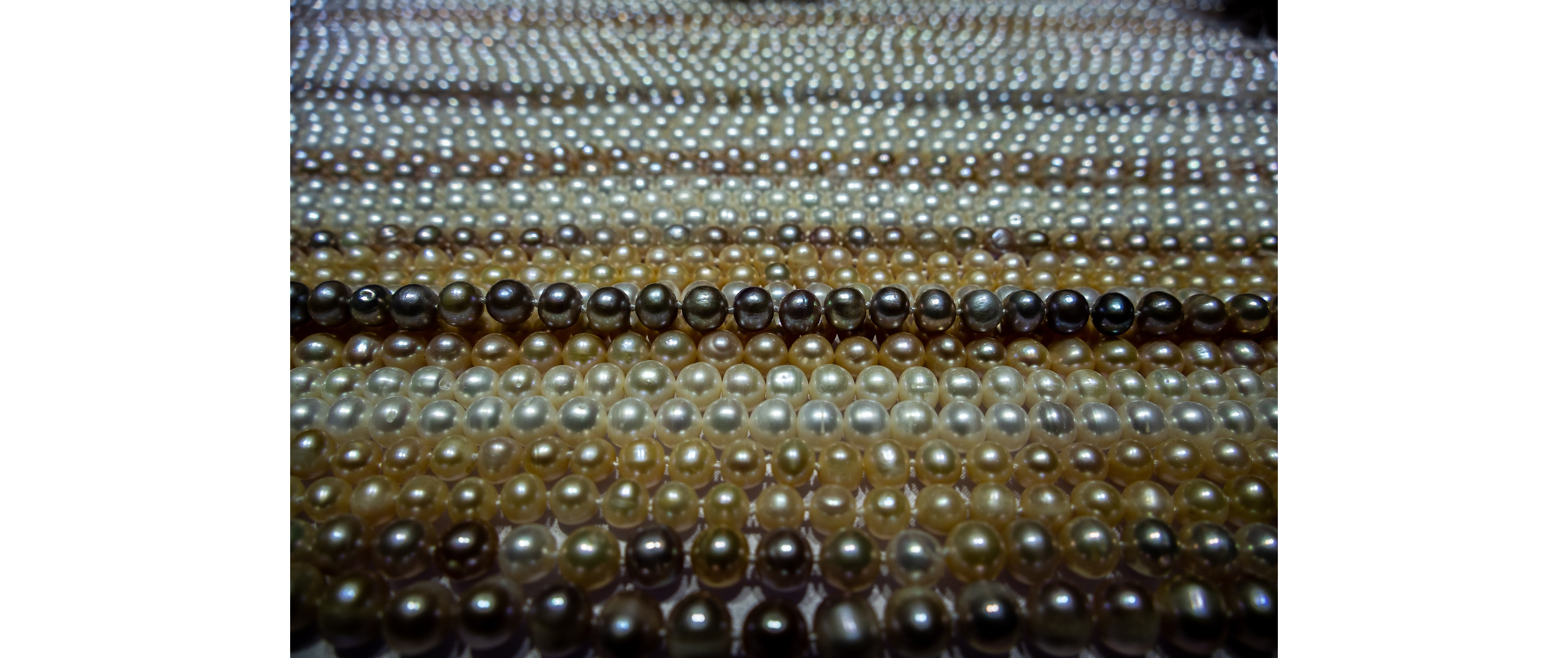
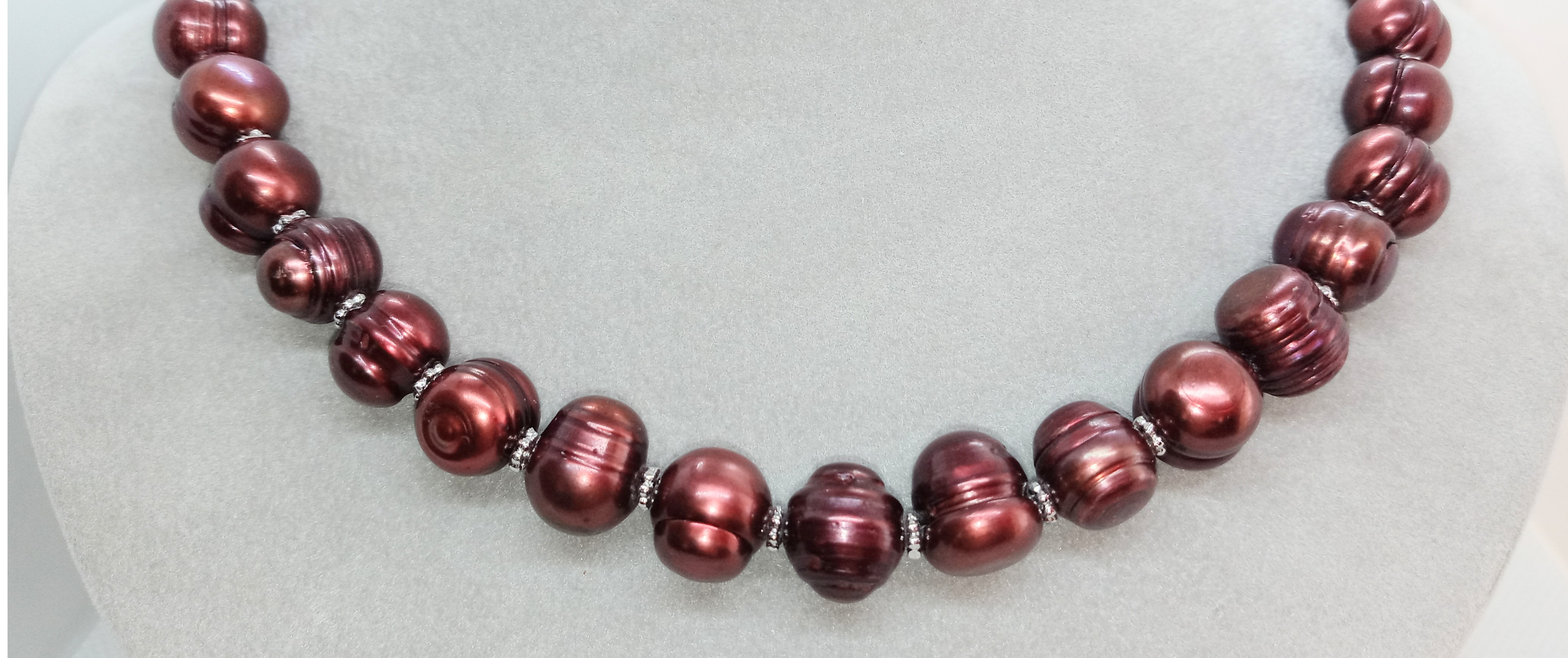
PEARL
Pearls are an organic gem. Natural pearls are extremely rare. Virtually all pearls today are saltwater or freshwater cultured. The longer the pearl remains within the mollusk, the larger it will become. Pearl shapes are round, near-round, oval, drop, button, baroque, and semi-baroque. The most valuable shape being a symmetrical round or drop pearl. The color of a pearl is dependent upon the variety of mollusk and its environment. Pearl colors are white, silver, cream, yellow, gold, orange, brown, pink, red, lavender, mauve, black, gray, blue, green, and multi-colored. A pearl’s body color is the main color of the pearl, and it can be modified by overtones (additional colors seen, typically pink, blue, green, purple) or orient (iridescence). Pearls are often bleached to lighten and enhance their color. Pearls are sometimes dyed. A Pearl’s hardness is 2.5 to 4.5 out of 10 on the Moh’s scale.
Pearls can be found in Omanto Qatar (Persian Gulf), India, Sri Lanka, Australia, Arafura Sea, the South Pacific Islands, French Polynesia, the Gulf of California, the Gulf of Mexico, Japan, and China. Freshwater Pearls can be found in the Mississippi River, several rivers in England and Ireland, and streams of Bavaria.
Pearls have been used for adornment for 1000s of years. In 2206 BCE a Chinese historian wrote about natural pearls for the first time. In Asia and Europe, natural pearls were treasured and passed from generation to generation by members of royal families and wealthy citizens.
Historically, freshwater pearls were more accessible to early civilizations than saltwater pearls. The cultivation of freshwater pearls was thought to have begun in China in the 13th-century. In 1893 in Japan, Mikimoto Kokichi started pearl cultivation that successfully produced a perfect round pearl. In the 1920s cultured pearls became commercially important as natural pearl production was declining. Today cultured pearls are grown on freshwater or saltwater pearl farms around the world.
The Pearl was adopted in 1912 by the American National Association of Jewelers as the birthstone for June. Pearls are given on the 3rd, 12th, and 30th Wedding Anniversaries. Freshwater pearls are given on the 1st wedding anniversary. The Pearl is associated with the zodiac signs of Cancer and Gemini.
In Ancient China, pearls were said to fall from the sky when dragons fought amongst themselves and were believed to guarantee protection from fire and fire-breathing dragons. Their golden pearls brought prosperity and luck. In Ancient Vedic texts, the pearl is considered the daughter of the Moon, born of Earth’s waters after being fertilized by a flash of lightning from the heavens. Some stories claim that white pearls are tears shed by the gods. In many ancient cultures the pearl retained lunar associations.
Throughout history the Pearl has been associated with the Moon, water, wisdom, protection, good luck, good health, wealth, prosperity, money, imagination, fertility, going with the flow, sincerity, integrity, enlightenment, honesty, memory recall, intuition, clarity, peace, love, affection, emotion, patience, elegance, loyalty, purity, innocence, modesty, and chastity. It was also used to determine right from wrong and be anchored in the present.
Historically, pearls were believed to treat hysteria, eye troubles, tuberculosis, cardiac trouble, constipation, balance emotions and hormones, relieve digestive disorders and allergies.
CARE:
Do not expose pearls to harsh chemicals. If you use hairspray or perfume, put the pearls on after applying the hairspray or perfume. Perspiration can dull your pearls. Gently wipe pearls with a soft cloth after wearing them to preserve the luster of your pearls. Only use mild soap and mineral water or distilled water to clean your pearls. Do not clean your pearls with brushes, ultrasonic cleaners, or steamers, as they can cause damage to your pearls. Storing pearls in direct sunlight can cause yellowing. Keep away from heat to avoid surface fractures in your pearl.
